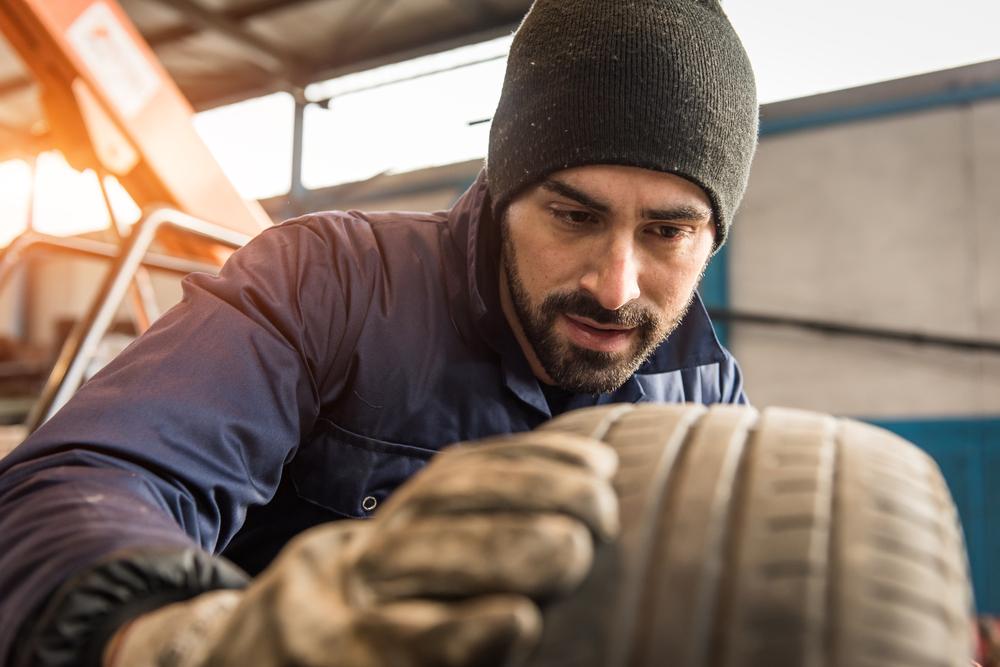
Car Tire Safety
Proper tire safety is essential when you are on the road. Your tires are an integral part of the car as they make contact with the road. There are several things, which you need to check, in order to ensure your tires are in good condition and are safe for the road. These include the alignment of the vehicle’s tires, air inflation, tread depth, and balance. The tires should ideally be inspected monthly. However, if you live in a cold climate or travel long distances regularly, you should check your tires more often.
Let us look at some more measures you can take to ensure tire safety and how seasonal tires, or even winter tires, could be a wise investment for your vehicle:
- Tire inflation
Maintaining air pressure in your tires is essential to get the most out of them. Improper inflation is not good and can result in significant wear and tear over time. A sudden failure could be dangerous. You should check tire pressure at least once a month. It is estimated that tires lose one pound per square inch (PSI) of air pressure every month. PSI refers to the amount of air pressure that the vehicle is in need of in order to support it at its maximum load. Tire pressure also changes significantly in cold climates with almost every 10 degrees F change in ambient temperature. If you haven’t been out on the road for at least 3 hours and you’re in a place that is extremely cold, check the air pressure in the tires. Winter tires are the best tires for colder temperatures and snow and ice covered roads.
- Tire rotation
People think that if their tires are balanced, there is no need for rotation, but that is not true. Tires still need to be rotated to ensure there is no wear and tear. To ensure tire tread continuity, you are expected to follow the recommended rotation schedule in your car’s manual. However, most owners should take their cars for a tire rotation at least once after every 5000-7000 miles. If tires are out of alignment, it will result in an uneven tread wear, which means early replacement. Another outcome is the lack of comfort because of these tires. For vehicles with front-wheel drive and rear-wheel drive, the modified cross rotation should be followed. A four-wheel drive should have a four-tire cross rotation.
- Inspection of tires
The penny test is often cited to examine if you have enough traction in your tires. It is a good way to measure tread depth and know for sure if you need new tires. It is conducted by placing a penny in the tread of your tire. If the top of Lincoln’s head is visible, then it might be time to go in for some new tires or safety rated tires. You should also check the air pressure and inspect tires for any damage like cuts or tears. Tires should be replaced at least once every ten years. You can find out the date and year of manufacture by observing the dot stamp present on the sidewall. Winter tires are long lasting and durable and many insurance companies offer breaks if you switch them out every season.
- Repair of tires
A tire that’s punctured or torn cannot be ignored, and you should consult a professional to take a look. Keep in mind that an improper repair can void the warranty, so only go to a garage that is highly recommended and has some of the top-rated tires.


